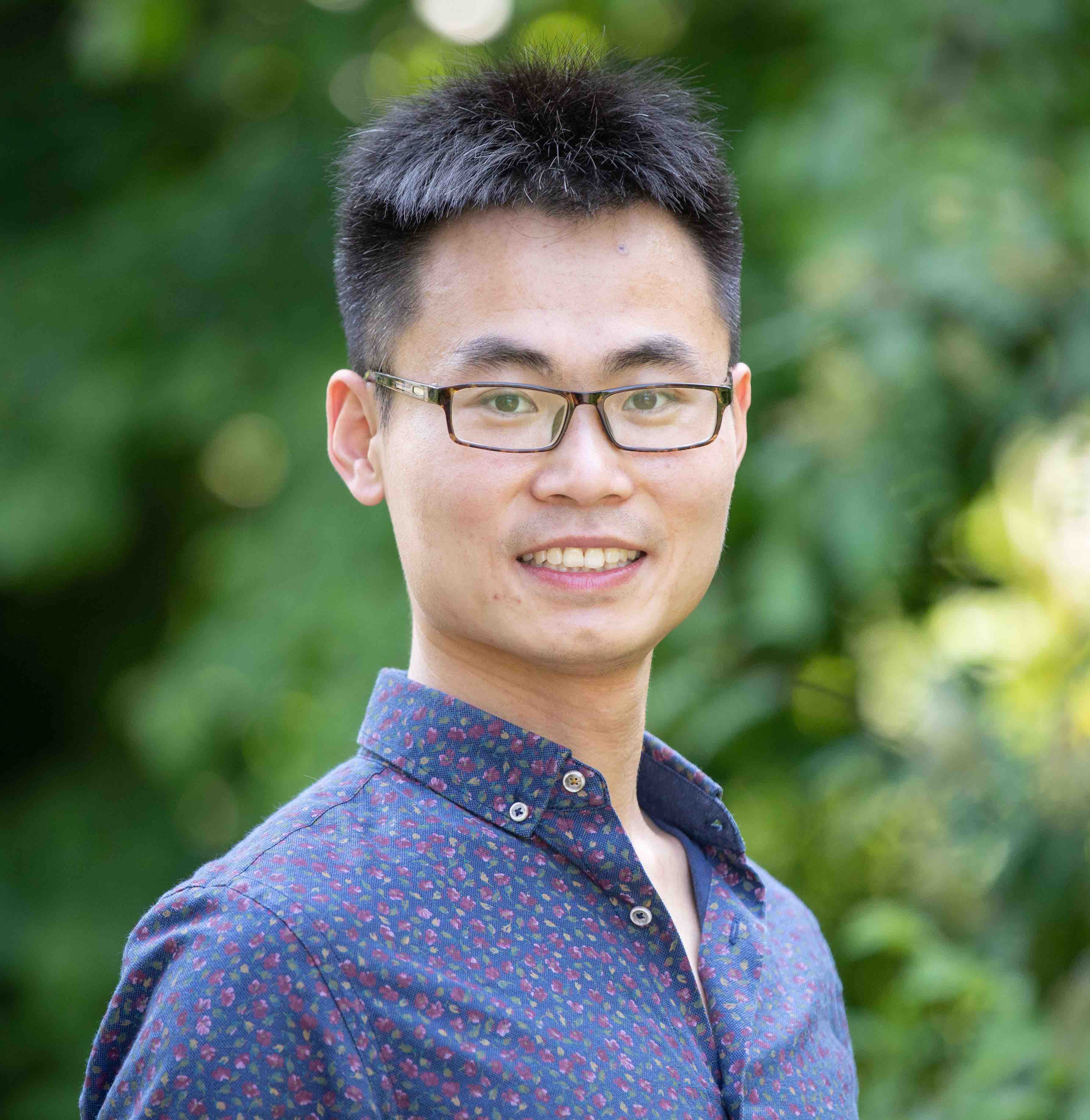Longfu Xu
Damon Runyon Fellow & Postdoctoral Researcher
I'm a biophysicist studying viral DNA replication and packaging with single-molecule approaches. My goal is to understand how viruses replicate their genomes and package them into capsids—fundamental processes that could lead to new therapeutic targets.

Featured Publications
View All →DNA polymerase actively displaces single-stranded DNA binding protein
Xu, L.*, Jin, S.*, et al.
Dynamic synergistic mechanism of polymerase removal of SSB protein during DNA replication.
Read Paper →Mapping Fast DNA Polymerase Exchange during Replication
Xu, L., Halma, M. T. J., Wuite, G. J. L.
Single-molecule studies revealing the dynamics of DNA polymerase exchange during DNA replication.
Read Paper →Latest News
View All →Presented at SMBio25 West in Palo Alto, CA, sharing how I developed C-DAM (Correlated Dynamics and Activity Mapping) technology and its application in discovering DNA polymerase exchange dynamics and SSB displacement mechanisms.
Attended the Damon Runyon Annual Retreat in Boston and presented my postdoctoral research on viral DNA packaging motors, connecting with Fellows from leading institutions across diverse cancer research areas.
Our paper on DNA polymerase actively displacing single-stranded DNA-binding proteins during replication has been published in Nature Communications! Using single-molecule studies and MD simulations, we revealed how DNA polymerase coordinates with SSBs to ensure efficient replication.
Research Highlights
Including Nature Communications and Nucleic Acids Research
Correlated Dynamics and Activity Mapping for single-molecule studies
HHMI Fellowship from Damon Runyon Cancer Research Foundation